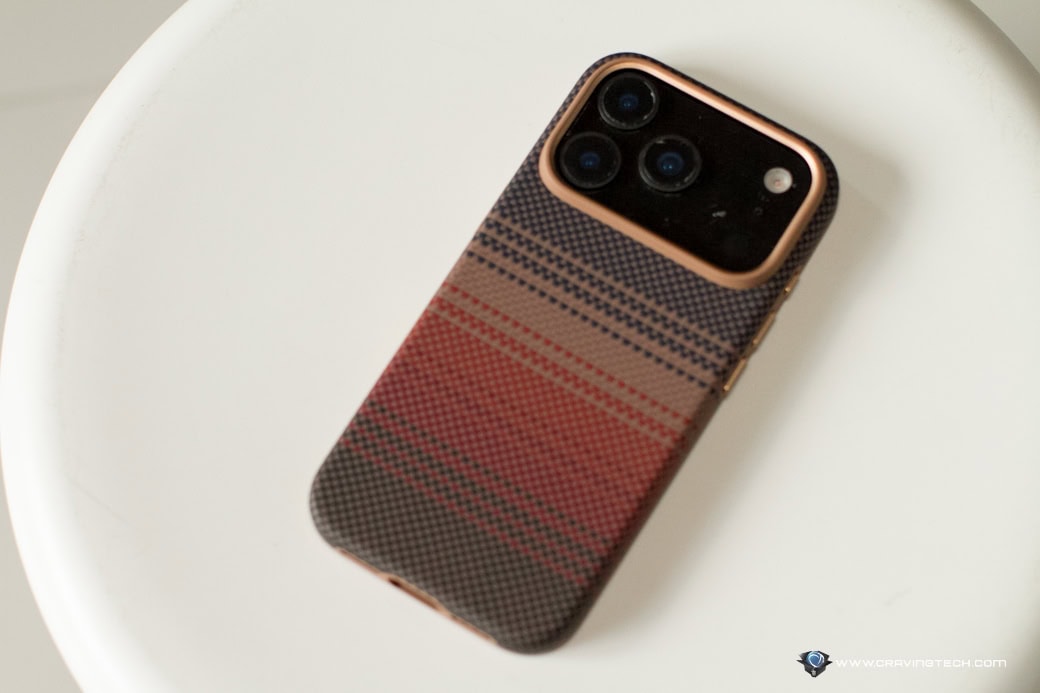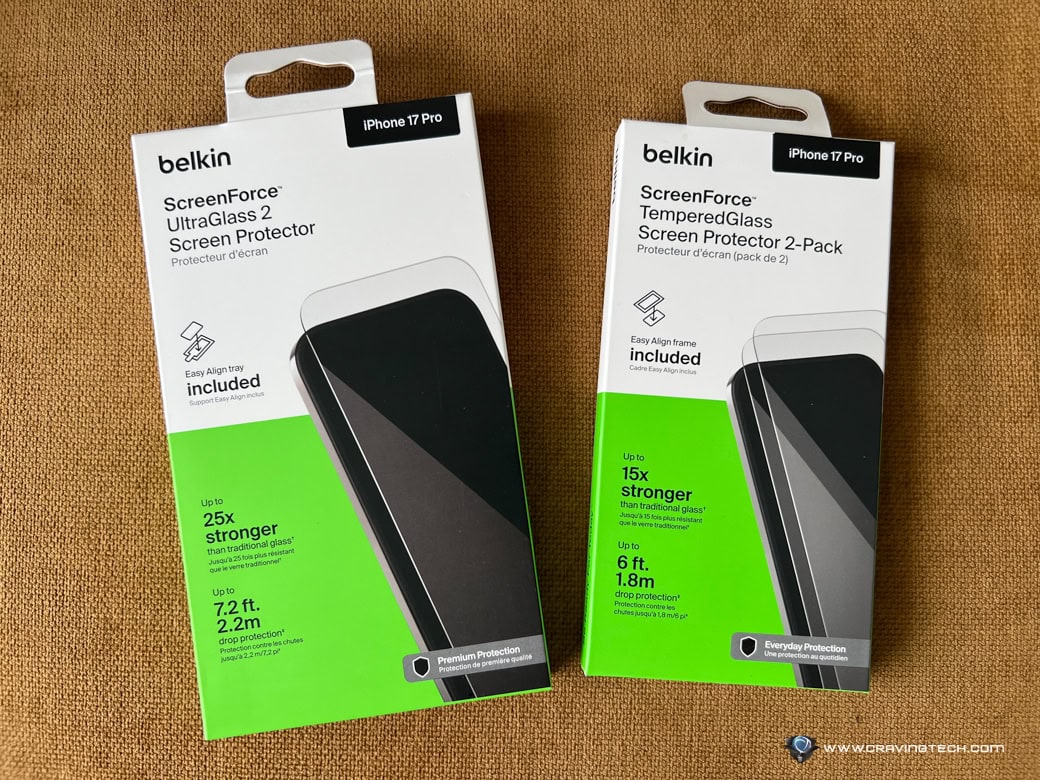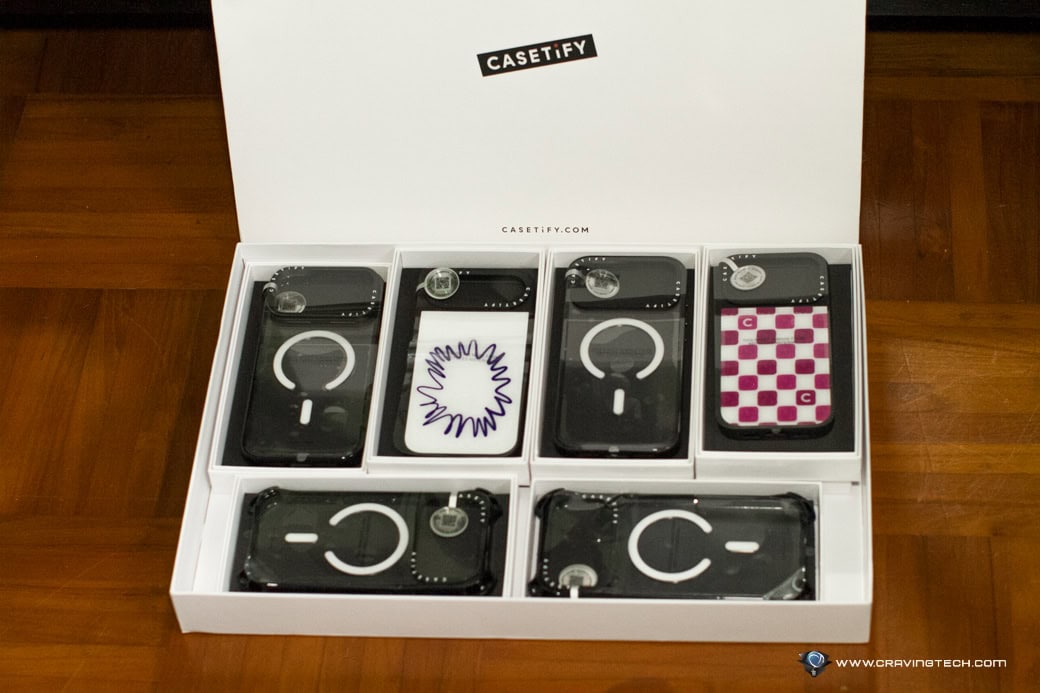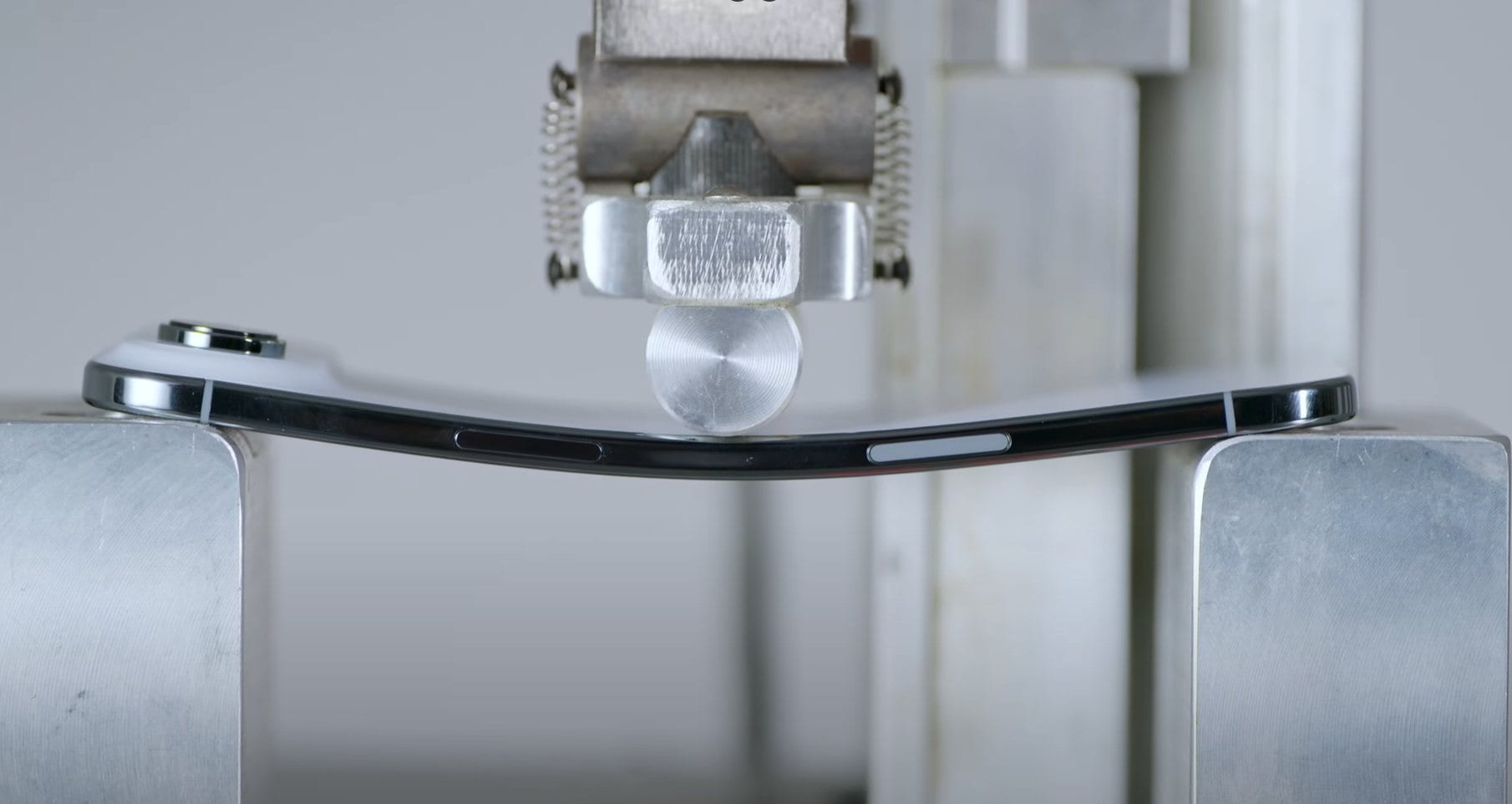Note: This is a guest post written by Jeeva Shanmugam. You can reach him on Instagram, X, or email –Why Do iPhone Costs Increase in Australia? Although Apple’s recognizable products have won hearts all across the world, Australian customers frequently find themselves having to pay more for these sought-after devices.
In this article, I would like to explore the complex network of elements—from import taxes to exchange rates—that contribute to the ostensibly exorbitant costs of iPhones in Australia. Join me as I explore the complex economic factors that influence Australia’s distinctive pricing structure for Apple’s flagship products.
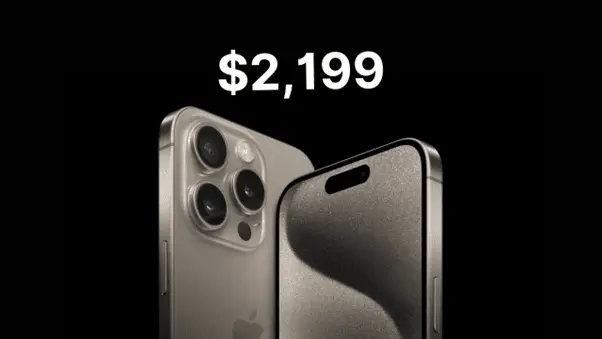
Key Highlights:
- Australians often pay more for iPhones due to import taxes, currency fluctuations, and Apple’s pricing strategy.
- The cost disparity is influenced by import duties, a weaker Australian dollar, and the country’s high living expenses.
- To mitigate costs, consider outright purchases, carrier contracts, or sales events when buying an iPhone in Australia.
iPhone Price Format in Australia
Customers in Australia have a particular place in their hearts for the iPhone, which is unquestionably one of the most sought smartphones in the world. Although many people in Australia wonder why the iPhone price is so much higher than in other areas of the world, the passion for this iconic device comes at a high price. There isn’t just one thing to blame; rather, there are several factors that interact intricately:
- Duties and taxes associated with imports: Including the infamous products and Services Tax (GST), are levied on iPhones as they enter Australia. These duties significantly increase the price of an iPhone overall.
- Exchange rates: The Australian dollar’s performance on the world stage can be erratic. Australian customers are stung harder when purchasing goods with dollar prices due to the Australian dollar’s present weakening in comparison to the US dollar.
- Pricing Strategy of Apple: Apple is well known for its premium pricing strategy, which also applies to the Australian market. The Cupertino behemoth sets the prices for its goods, and the justification for these price variations between nations isn’t always obvious.
- Cost of Living: Australia has a well-deserved reputation for being an expensive country to live in. High housing, food, and transportation costs are standard. The cost of consumer products, like iPhones, can rise as a result of these higher living expenses.

Due to these complex considerations, the price of the iPhone in Australia may be significantly higher than in other countries. For instance, the price of the iPhone 14 Pro in Australia starts at AU$1,399 whereas it is US$999 in the United States. This significant $400 discrepancy is the result of a mix of import taxes, currency volatility, and Apple’s pricing policy.
Australian consumers continue to swarm to the iPhone despite the high price for a variety of reasons. One reason is that many people are willing to pay more for the cachet that it carries. Additionally, the iPhone has a reputation for being of the highest quality and having a lengthy lifespan, so buyers are guaranteed to get their money’s worth.
It’s crucial to be aware of the difference in cost if you’re thinking about buying an iPhone in Australia. Fortunately, there are ways to lessen the financial blow, like:
- Purchase in whole: If you have the resources, purchasing the iPhone in whole will spare you the interest costs connected with payment plans.
- Contracts with Carriers: Choosing a contract with a mobile phone carrier will allow you to stretch out the expense of the iPhone over a longer period.
- Imports from abroad: Investigating the possibilities of importing an iPhone from a nation with cheaper costs could result in savings. However, proceed with caution as you must deal with import taxes and tariffs, which could void your guarantee.
- Sale Seasons: Pay attention to Apple’s recurring sales occasions, where deals on iPhones are frequently offered.
The choice to purchase an iPhone in Australia ultimately depends on personal tastes and economic factors. The iPhone is still a tempting option if you’re ready to shell out more money for high-end devices with a solid reputation for reliability. Alternative options abound, though, if you’re looking for a more affordable smartphone.
Wrapping It All
In conclusion, navigating the Australian iPhone market involves balancing the advantages,
disadvantages, and personal priorities. As you set out on your adventure, keep in mind that there are many smartphone options available, each with a unique set of advantages and price ranges. I’m available to assist if you have any more questions. Thanks



